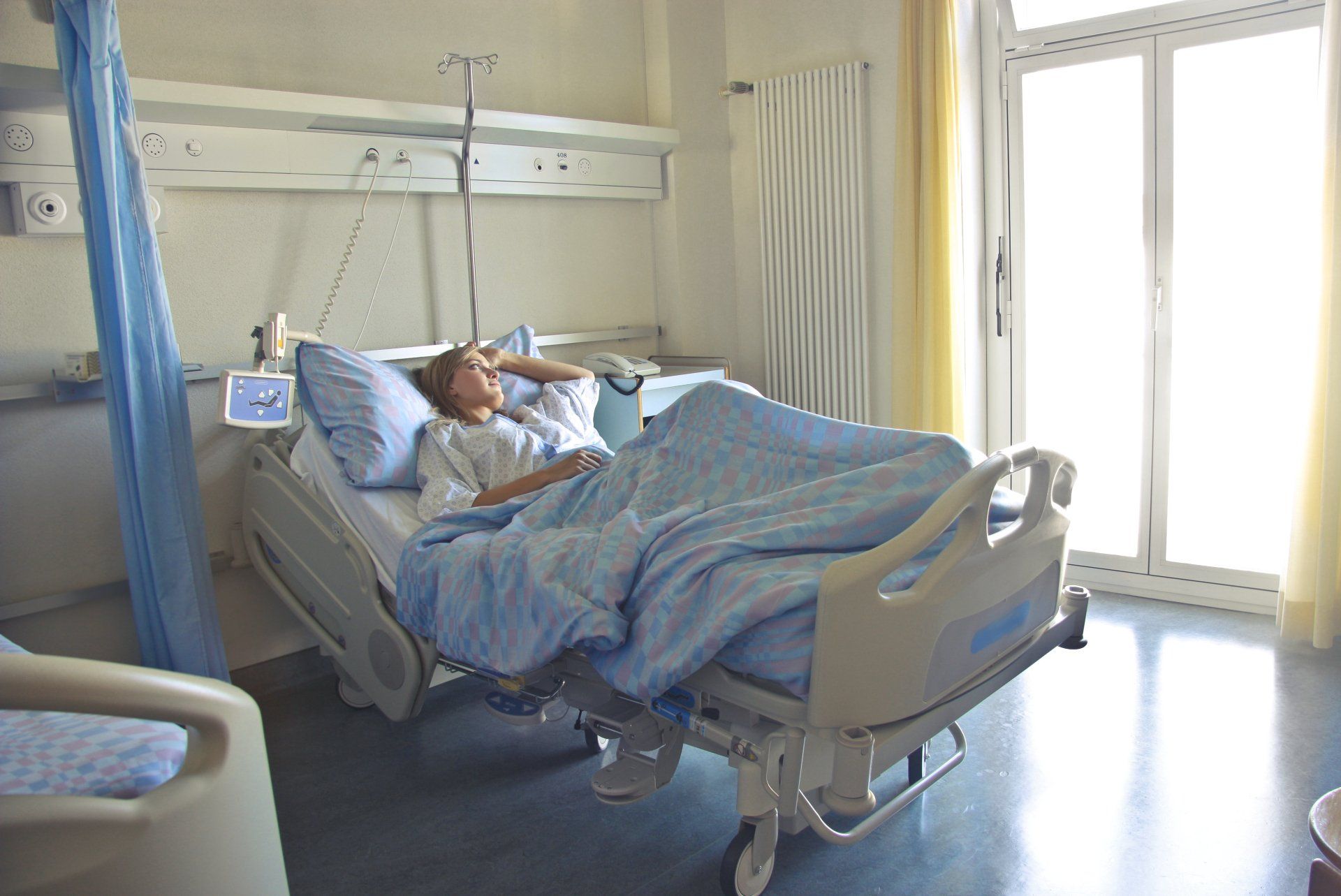The Importance of Informed Decision Making in Maternity Care

When you are pregnant you will be faced with many choices
- What kind of antenatal care is best?
- Where should I have my baby?
- What tests to get?
- Should I have an induction if I go past my due date?
- What pain relief will I use in labour?
- And many more….
Maybe you have considered some of these, or maybe you haven’t. That might be because you believe you will be told what is ‘best’ to do so you don’t need to make decisions or because you’re afraid to make the ‘wrong’ decisions. Or it might be that even though we DO have choices in all elements of our maternity care, it may not always seem that way.
Ever hear a parent say “they won’t allow me to go past my due date” or “they said I have to be induced”? If you’ve had a conversation with even a handful of people who have been pregnant you’ve probably heard this but the truth of the matter is you have the human right to make decisions about what happens to your body and you are the only person who can ‘allow’ something or not.*
Informed Decision Making (IDM) may be a term you’ve heard of before, or perhaps informed consent or shared decision making? They are all similar and are often used interchangeably but for me the gold standard is Informed Decision Making (which includes informed consent & informed refusal). Shared Decision Making, in my humble opinion can fall short as an ideology.
I define informed decision making as having the information required to understand risks, benefits, limitations, alternatives and uncertainties of any treatment, test or intervention offered and the understanding that you can consent to, or refuse, any of the options, and that you can withdraw consent at any time.
Let me give you a non-maternity example of this in practice that I experienced a few years ago. During a dental appointment for my son who had an abscess on a tooth I was informed that he had a number of cavities that the dentist recommended the best course of action would be to remove some teeth under general anaesthetic (GA). I was hesitant and she then suggested that we could treat the abscess with an antibiotic and see if the pain resolved. She also mentioned that due to his age the most problematic tooth might fall out itself soon so I decided to go with the treat and see approach. A few months on and the abscess came back and the tooth hadn’t fallen out so we went back to the dentist who again offered to remove some teeth under general anaesthetic. She suggested that four teeth should be removed. I asked her could the three without the abscess be filled instead of extracted and she explained the rationale for removing them. I also asked could they be removed under local anaesthetic and she discussed how that would work and the risks and benefits of that approach and why they would not generally recommend that for four baby teeth as it would be four separate extractions and that we could choose to have the one with the abscess removed under local and leave the rest or choose the original option offered. I considered our specific circumstances and agreed a GA would be best for extractions. She then explained the risks of GA and gave me a leaflet to read. I asked about aftercare and pain and she talked me through that. I then consented to the procedure and filled in the paperwork. Then, and very importantly, the dentist informed me that if at any time before the scheduled treatment we changed our mind we can do so and we can do it without consequence. This was vital because many people feel that once something is ‘booked in’ they must go forward with it so it was really reassuring for me to know that we could change our minds and decline the treatment at any time.
AS someone with a clear understanding of Informed Decision Making I was in a position to ask the questions I needed to get the information necessary to make a decision even though all the options were not originally highlighted to me by the dentist. In the birth community we often use the acronym BRAIN to describe this.
B – what are the Benefits?
R - what are the Risks?
A – what are the Alternatives?
I – what is my Intuition telling me?
N – what happens if I do Nothing or wait?
Can you pick out each of these questions from my story? They are not always done in order.
In my example it started with my Intuition, I wasn’t keen on my child having a GA for a tooth, as I was already aware of some of the risks, so I was then told what would happen if I declined/waited and that is the option I chose. Had the abscess not reoccurred that may have been the end of the story. Due to the reoccurrence, we went back to the dentist and went through the benefits and risks of the treatment offered and the alternatives that I asked about. I was then able to feel comfortable that this was now the best course of action (my intuition told me) and I also knew I had the opportunity to change my mind (do nothing or wait again).
So why is Informed decision making so important? Well, in my example I am happy with both my decisions, happy that we gave it a chance and didn’t jump into the more interventionist option and happy that that is now the right course of action. I don’t have to live with any regrets or “what ifs”. It’s also important to note that going straight for the GA extraction may be the right decision for another family.
When it comes to birth though it can be more than lamenting ‘what ifs’. The Birth Trauma Association in the UK has a comprehensive list of causes of birth trauma. Many of these occur when someone is not facilitated or encouraged to make informed decisions. These include: Feelings of loss of control; Impersonal treatment or problems with staff attitudes; Not being listened to and Lack of information or explanation.
When someone is facilitated and encouraged to make informed decisions, they often maintain their sense or control, develop positive relationships with staff, feel listened to and have appropriate information & explanation thus reducing the risk of birth trauma. Birth Trauma is diagnosed in approximately 6% - 10% of women who have given birth but research shows that up to 45% of new mothers have reported experiencing birth trauma. This figure is astronomical and if informed decision making can help reduce it I feel compelled that as many people as possible learn about it, hence this rather long blog and the fact that it is the central tenet of all of my classes and services.
Now, let’s look some maternity care examples.
Example 1:
Mary is at her 38-week antenatal appointment and is seeing the obstetrician (OB). The OB does a quick scan says baby is looking on the bigger side, takes a look at her notes and suggests that he book her in for an induction on her due date. Mary is taken a back and becomes anxious. She then remembers she has a tool for this situation and takes out the BRAIN acronym card from her purse that her antenatal educator had given her. Mary’s intuition was already telling her that this isn’t what she wants but realises that she needs more information to make an informed decision.
She asks the OB “Can you tell me why you are recommending induction?” (Benefits)
The OB explains that he feels the baby is getting big and it would be better not to let her go overdue in case he gets too big. Mary has already read the evidence on ‘big babies’ and isn’t yet convinced this is a good enough reason for her, but at the same time doesn’t want to go against her doctors advice.
She asks “What are the risks involved?” (Risks) At first the OB describes the risks of ‘big babies’ again but with a little more gusto. Mary clarifies “Thank you, you’ve explained that to me already, I was wondering what the risks of induction are?”. The OB goes on to explain that many inductions are carried out every year in the hospital without major event. Mary says that she has heard that more pain for the mother and fetal distress are risks of induction. The OB agrees that these are risks and also informed her that there is a risk of uterine rupture and post-partum haemorrhage (PPH) but that they will give an injection to reduce the risk of PPH.
Mary was really hoping for a birth without unnecessary intervention, so she asks
“Are there any alternatives?” (alternatives)
The OB describes the different types of ways that they can start labour but Mary doesn’t really like the sound of any of them so asks what the alternatives to induction are. The Ob says that some people try to get labour started themselves but that he doesn’t feel there is much evidence to support this and that medical induction is more reliable.
Mary askes herself
“What is my intuition telling me?” (Intuition)
She recognises that she still doesn’t feel like induction is right or her so she asks one more question.
“What happens if I decide against induction?” (What if I say no?)
Her OB reminds her of the reasons he feels it is best and when she asks again he tells her that nothing in particular will happen. That as long as her and baby remain well she will continue with her scheduled antenatal appointments as normal until she gives birth or decides on induction.
Mary is happy that she now has enough information to make a decision and declines induction at this point. She goes on to have an enjoyable birth and a healthy 8lb 7oz baby at 41 week & 3 days.
Example 2
Jessica has been in ‘active’ labour for three hours. The contractions are coming hard and fast but she was disappointed when the midwife did a vaginal exam and said she was still 3cm dilated. Jessica has in her birth plan that she knows what pain relief options are available and will ask if needed but don’t offer. After the midwife leaves Jessica says to her partner ‘I don’t think I can do this’, her partner gives her a big hug and feels her how proud of her she is. She also reminds her that pain relief is an option. Jessica is feeling better after the hug and continues to labour for another two hours.
The midwife comes in and Jessica asks for a vaginal exam. She is still three centimeters and the midwife tells her she things the baby had turned back to back and that might be why they are not moving down. Jessica and her partner try out different positions and movements to get baby moving down and the contractions become even stronger. Jessica tries gas and air for a bit but it s making her dizzy. She has already researched the risks and benefits of epidural and feel that it is now they right next step for her.
When it is in place she is content that she can now get some rest and enjoy the rest of her birth. A little while later the CTG starts beeping and the midwife comes in, she calls the Dr. Jessica asks what is going on and the dr tells her the baby is struggling a little bit. Jessica asks what this means, and she is told their heart rate is not recovering as they would like. They ask Jessica to lie on her side to see if this helps.
The babies heart rate is not recovering and the Dr suggests a caesarean section. Jessica asks is it an emergency, right now, and the doctor says that it isn’t yet but they are concerned. Jessica asks can they wait or are there any more tests to be sure. The Dr suggests taking a blood sample from the baby’s head to check oxygen levels and Jessica agrees but baby is too far up to complete the test. The babies heart rate drops again and Jessica asks for them to ‘get the baby out’ and agrees to a CS. The baby is born safely and although Jessica got a fright, and she is disappointed about the CS, she is happy she made the right decisions for her and her baby.
Example 3
Anastasia is 30 years old and pregnant with her first baby. She is very excited and looking forward to labour and birth. She has done lots of independent antenatal education and is confident in her birth plan.
Anastasia goes into labour at midnight and by 6am contractions are starting to come every 7-10 minutes, she continues labouring at home and is enjoying dancing with her partner and getting in and out of the shower. At 2 pm as she steps out of the shower he feels a ‘pop’ and something gushing down her legs. The liquid is brown in colour. She knows this could be meconium so she takes a picture, gets dressed and puts a pad in. Her partner calls their maternity unit while she does this and they advise to come in. Anastaisa and her partner agree this is the best course of action even though they were hoping to stay home until contractions were stronger.
They go in and Anastasia and the baby are assessed. There are no signs of fetal distress but the care providers are concerned about the colour of the waters and that they are still trickling in this colour. Anastasia really wanted to avoid staying in hospital in early labour so asks why that is what they are suggesting (the BENEFITS). They explain that they feel it would be safest to monitor the situation more closely in case the baby does go into distress. She then asks about the risks of monitoring of which she isn’t given any but she knows she’s not going to be able to move round so much and this might make labour harder. She asks are there any alternatives to staying in and being monitored and explains she’s worried about not being able to move around. Her care provider reiterates that they really feel she needs to stay in but offers intermittent monitoring instead. Anastasia asks to speak to her partner in private and they discuss. The decide they are comfortable with staying in and being monitored as she will be able to move around and they want to make sure baby is ok.
Later as Anastasia is pushing concerns are raised about the babies heart rate, the parents are kept informed and it is mentioned forceps assistance may be needed. Anastasia asks is it ok to have a few more minutes pushing and she is told yes, after three more contractions pushing the monitor beeps again and Anastasia asks for forceps assistance. Her baby is born on the next contraction with assistance. Anastasia is disappointed that her birth is not without intervention but overall feels it was still an amazing, positive experience because she felt respected and in control throughout.
Example 4
Michelle has gone into spontaneous labour at 41 weeks 6 days. She has laboured happily at home for 10 hours and is assessed at being 4cm dilated on admission to hospital. This hospitals policy is to admit to the delivery suite at 4cm so she is there with her partner. She meets her midwife and presents her birth preferences and the midwife murmurs ‘oh you’re one of those’ under her breath but Michelle hears it and becomes anxious. She puts her nightdress on and gets into bed and tries to relax. A while later she notices her contractions seem to be slowing down. Three hours after admission the midwife asks to do a vaginal exam to check ‘progress’. Michelle isn’t keen on this midwife but agrees as she is curious herself. The midwife says she ‘is still only 3cm’ and she will need to talk to the doctor. Michelle and her partner are worried. The doctor arrives and explains that she would like to start her on synthetic oxytocin to speed things up. With all the worry Michelle & her partner forget to ask their questions and agree. The synthetic oxytocin brings on strong painful contractions and Michelle is finding it harder and harder to cope. The midwife then mentions ‘fetal distress’ and goes to get the doctor. The doctor checks on the well being on the baby and tells Michelle that the baby isn’t tolerating the oxytocin very well and she’s been in labour ‘a very long time and must be getting tired and that they may need to consider a caesarean section at this stage’.
Michelle and her partner are worried about their baby but remember a question that they’ve learned that can also go along with BRAIN. Michelle says “Is this an emergency or do we have time to talk about it?”. (Emergency)
The doctor explains that the baby is fine for now but that may not remain the case but yes there is time to talk about it and asks what she needs to know. Michelle says “Why do you think a caesarean section is the best course of action now?” (Benefits) The doctor reiterated about the fetal distress and her being tired so Michelle asks the doctor to take her through the caesarean section process and the risks which the doctor does. Michelle doesn’t feel there is an urgency yet or that the benefits presented outweigh the risks of caesarean section.
“Is there anything else we can do to reduce the risk of fetal distress?” (Alternatives)
The doctor tells her they could turn off the oxytocin but that the contractions may then stop. Michelle asks
“Are there any other risks to stopping the oxytocin” (Risks)
The doctor informs her it may not stop the fetal distress and that she is already tired so may end up with a caesarean section anyway.
With all of this additional information Michelle feels comfortable in making a decision to stop the oxytocin and to try to get relaxed and moving again to see if this helps labour to start progressing again. She informs her care providers of this but also mentions that if the contractions do not start to pick up again within three hours or that the baby becomes distressed even without synthetic oxytocin that she would like them to reassess the best course of action. The oxytocin is stopped, baby’s heart rate stabilises, and Michelle gets in the shower alone. Soon her contractions pick back up and four hours later her baby is in arms.
These are just a few examples of situations that may come up where BRAIN can be used. Two people with the exact same medical situations may choose different options and neither is wrong. The important part is that the woman is the primary decision maker and that the care professional is there to provide unbiased and objective information so that the birthing person can make the right decision for themselves and their baby.
This is something I often say to couples that I work with
“You will make the right decisions for you and your baby as no one in the
world wants you both to be safe and happy more than you do.”
So, unless care providers actually believe that women will consciously make decisions that they know will harm their baby there is no reason for them to not provide the unbiased, evidenced based information we need to make the best decisions for ourselves and our babies. There is no good reason not to do this.
*(Unfortunately, there are many cases of obstetric abuse worldwide where this human right has been violated. This is never the victim’s fault. This will not be addressed in detail in this article however you can read more about it on https://www.makebirthbetter.org/blog/obstetric-violence-what-is-it )



